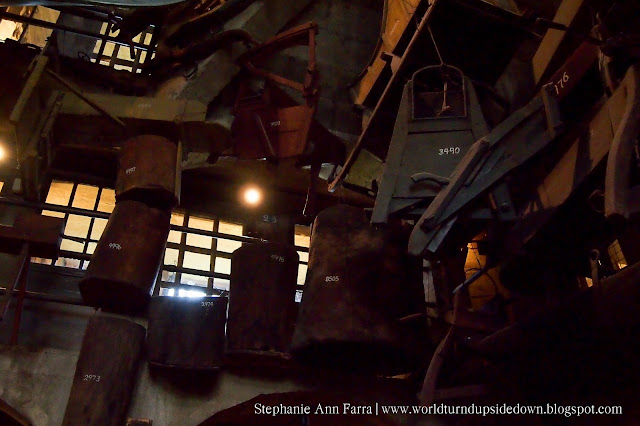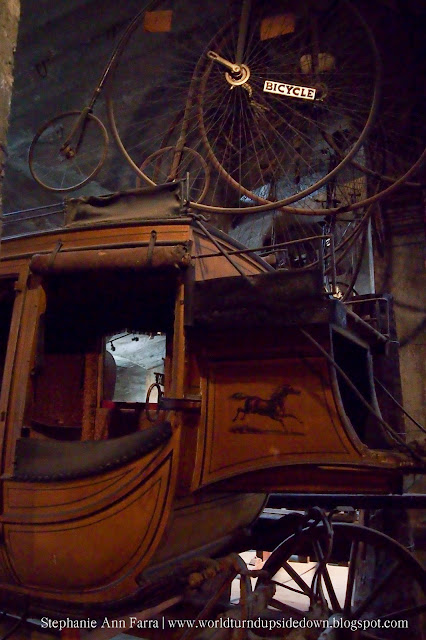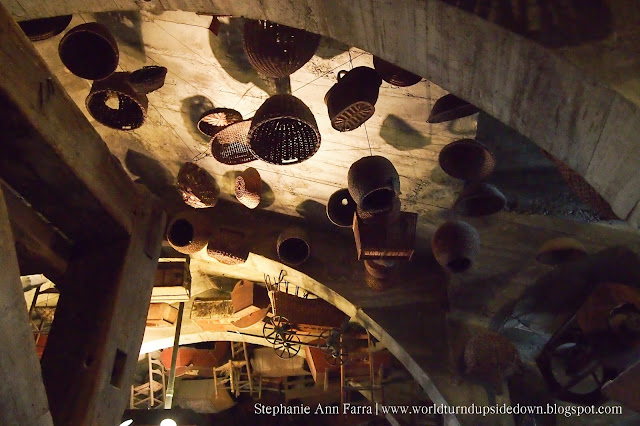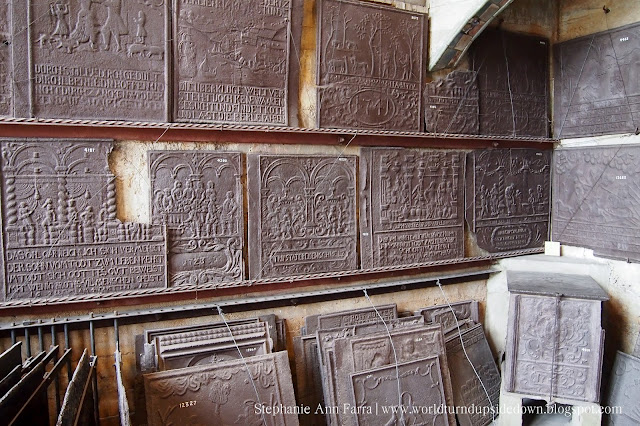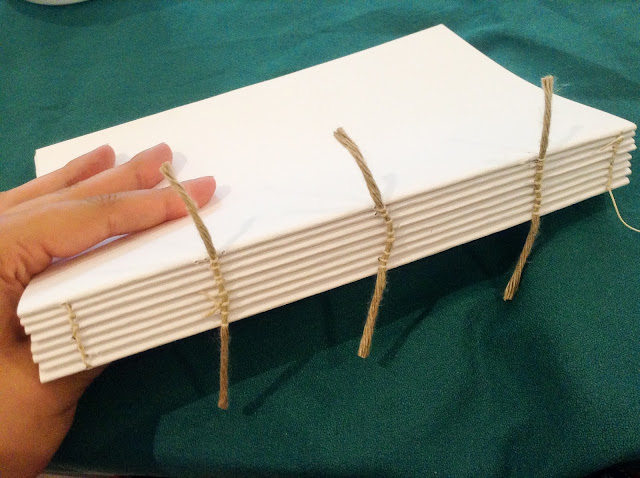"Good bye my sweet little wife -- write to me often"
-Jedediah Hotchkiss to Sara A. Hotchkiss, August 4, 1861
Some of the most prolific cries in Civil War soldier's letters is "Why don't you write me more?" and "Tell everyone to write me!" Mail delivery was highly anticipated by soldiers who felt left out of the events on the home front. Letters were a huge source of information and the main source of communication back home to the common soldier. It was reported that some regiments were sending out around 600 letters per day.
I've been meaning to get some reproduction Civil War stationary and envelope templates on here forever and my friend Austin Landis was nice enough to lend me these letters for this post. The letters are from a collection of letters written by a Pennsylvania family writing to each other during the war.
Stationary and envelopes during the Civil War period were beautiful. They typically featured patriotic messages, imagery and political cartoons. It was not uncommon for envelopes to be as decorative as the stationary. Soldiers had the option to write "Soldier's Letter" on the front of their envelope to have the recipient pay for the postage due to the trouble of tracking down stamps and keeping stamps usable in the field. In 1861, the cost of mailing a typical letter was 3 cents if it was travelling under 3,000 miles. In the Confederacy in June 1861, it was 5 cents to mail a letter that was traveling under 500 miles.
Stationary and envelopes during the Civil War period were beautiful. They typically featured patriotic messages, imagery and political cartoons. It was not uncommon for envelopes to be as decorative as the stationary. Soldiers had the option to write "Soldier's Letter" on the front of their envelope to have the recipient pay for the postage due to the trouble of tracking down stamps and keeping stamps usable in the field. In 1861, the cost of mailing a typical letter was 3 cents if it was travelling under 3,000 miles. In the Confederacy in June 1861, it was 5 cents to mail a letter that was traveling under 500 miles.
 |
| From the private collection of Austin D. Landis |
 |
| From the private collection of Austin D. Landis |
 |
| From the private collection of Austin D. Landis
From the Library of Congress
Civil War Letter Templates to Print:
|
A common size of stationary during the Civil War was 8. 5 x 11 inches folded in half width way.
Back of the stationery page.
3 x 5.5 inches was a common envelope size. Print this out on heavy paper and use it as a template for tracing out envelopes. Fold along the dotted line. Each envelope fits on an 8.5 x 11 page.
If you right click on the images and "open in a new tab" If you print the images at 100%, they should be the correct size to use.






